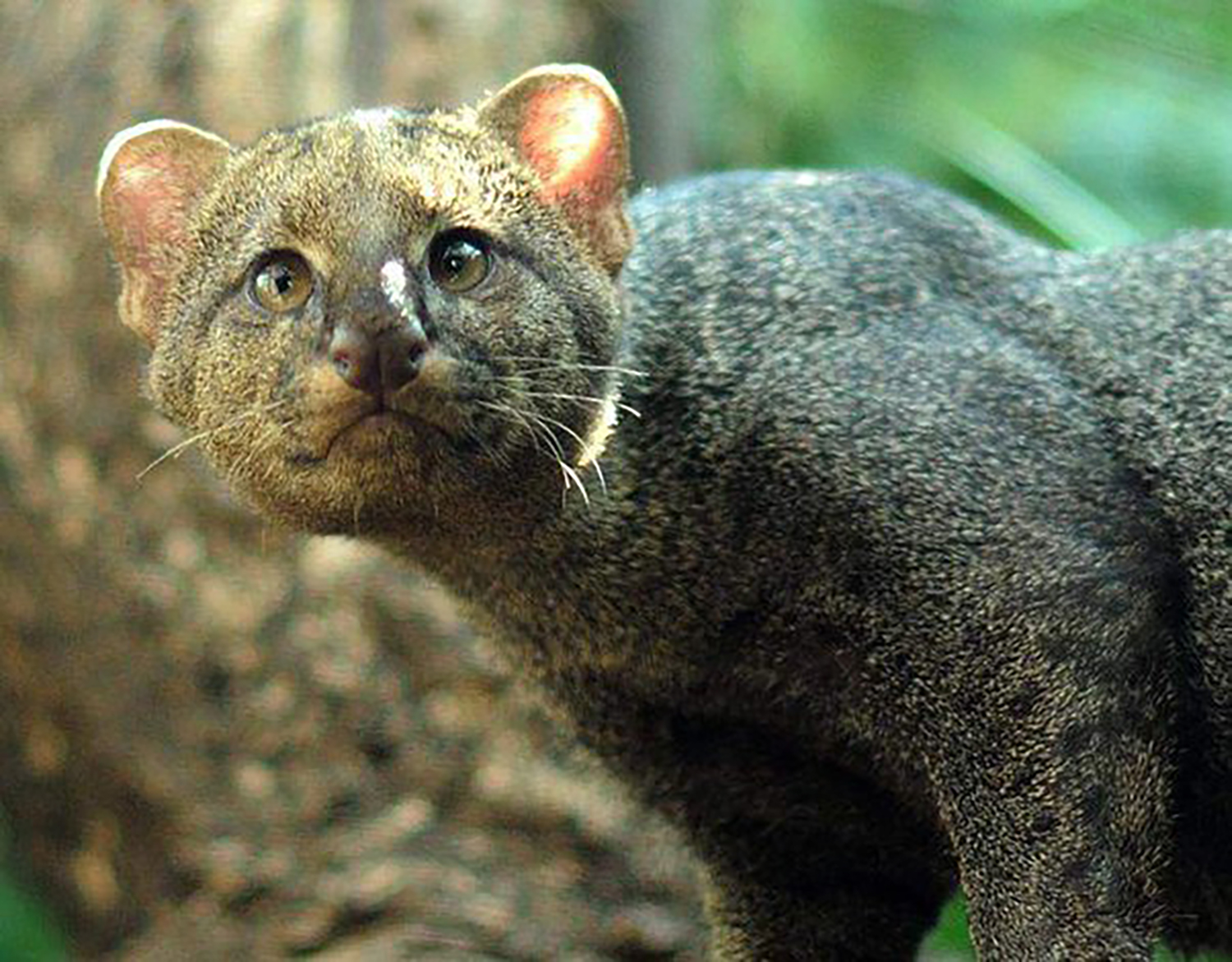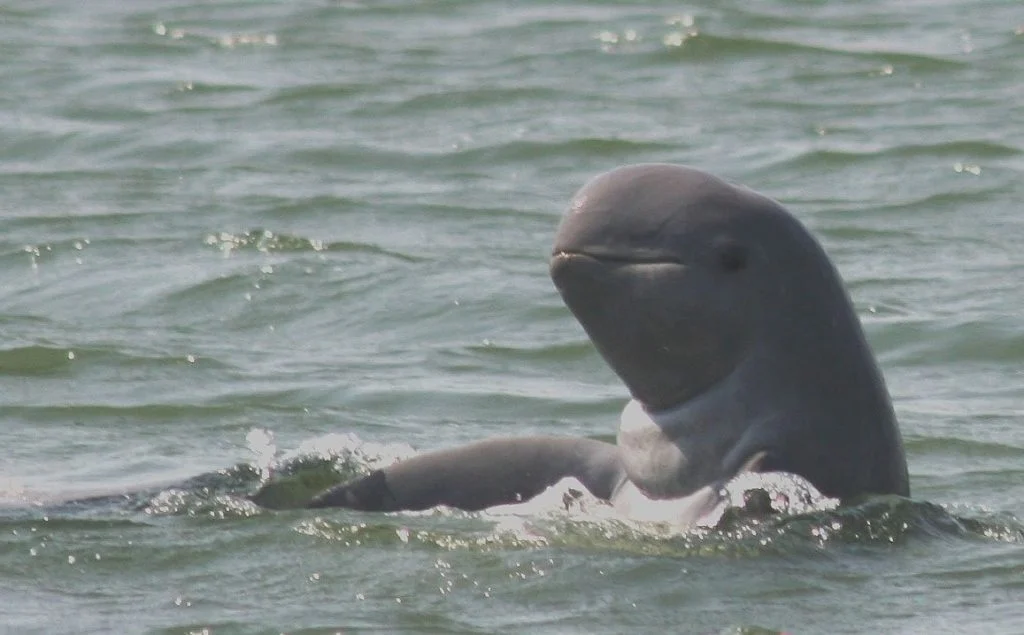
Ghosts of the Gobi: The Wild Bactrian Camel
The wild Bactrian camel, also known as the ferus camel (Camelus ferus), is a critically endangered species living in the harsh and remote Gobi desert of Mongolia and northwestern China. These majestic creatures, distinct from their domesticated cousins, hold a unique place in the ecosystem and history of Central Asia.
Distinguishing Features:
- Size: Slightly smaller than domesticated camels, wild Bactrians stand around 6-7 feet tall and weigh between 660-1518 pounds.
- Appearance: Their fur is typically beige to dark brown, with two smaller and more conical humps compared to the larger and rounder humps of domesticated camels.
- Social Behavior: Live in small family groups led by a dominant male, unlike the larger herds of domesticated camels.
- Diet: Primarily graze on desert shrubs and grasses, demonstrating remarkable adaptation to arid environments.
Facing Challenges:
- Habitat Loss: Their Gobi desert home faces threats due to overgrazing, mining, and climate change, reducing their available food and water sources.
- Poaching: Although illegal, hunting for meat and body parts remains a threat to their fragile population.
- Competition: Introduction of domesticated camels and livestock can compete for resources and potentially spread diseases.
Hope for the Future:
- Conservation Efforts: Dedicated organizations like the Wild Camel Protection Foundation and the Mongolian Academy of Sciences work tirelessly to protect these camels through research, anti-poaching patrols, and community engagement.
- Ecotourism: Responsible tourism initiatives create awareness and generate funds for conservation efforts while showcasing these majestic creatures in their natural habitat.
- Raising Awareness: Educating the public about the importance of wild Bactrian camels and their unique role in the ecosystem is crucial for garnering support for their conservation.
FAQ:
- How many wild Bactrian camels are left in the world?
The UK-based Wild Camel Protection Foundation (WCPF) estimates that there are only about 950 individuals of the species left in the world, with its current population trend still decreasing. - Where do the last wild Bactrian camels still live free?
Wild Bactrian camels persist in some of the most remote desert locations in northern China and southern Mongolia. - Why are Bactrian camels going extinct? What threats are the species facing?
Many factors threaten its survival, including habitat loss and degradation, desertification due to climate change, and hybridisation with the domestic Bactrian camel.
Want to Help?
- Support conservation organizations working to protect wild Bactrian camels.
- Spread awareness by sharing information about these unique creatures and the threats they face.
- Choose responsible travel options that support conservation efforts in the Gobi desert.
By understanding and appreciating these remarkable animals, we can contribute to their survival and ensure their ghostly presence continues to grace the Gobi desert for generations to come.
More photos below ↓











